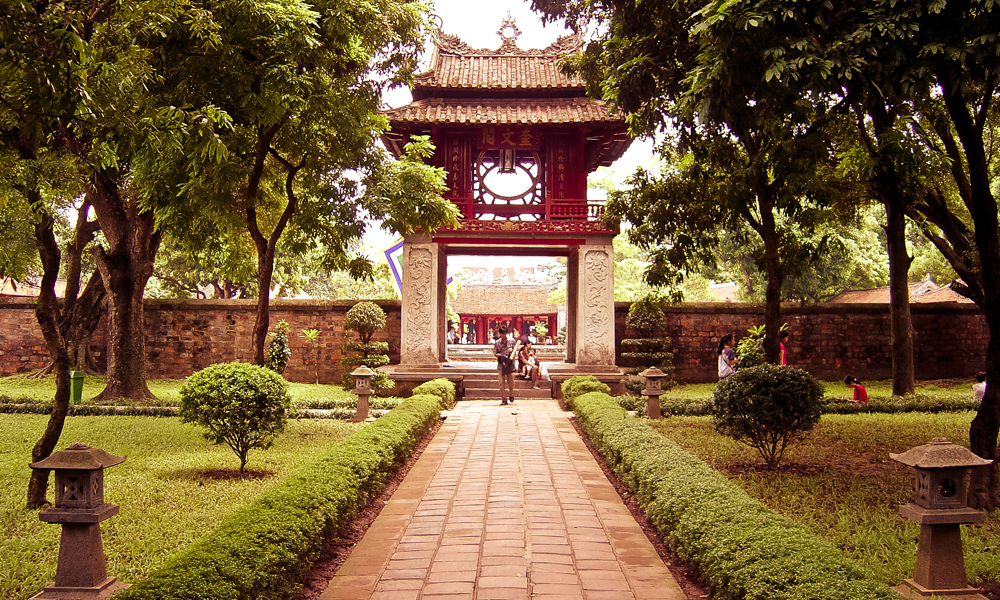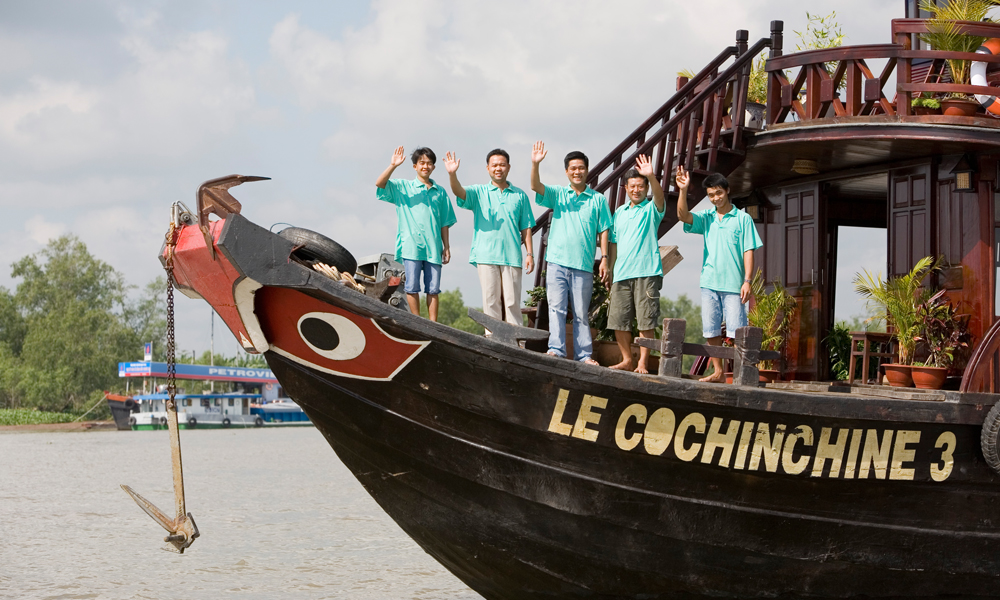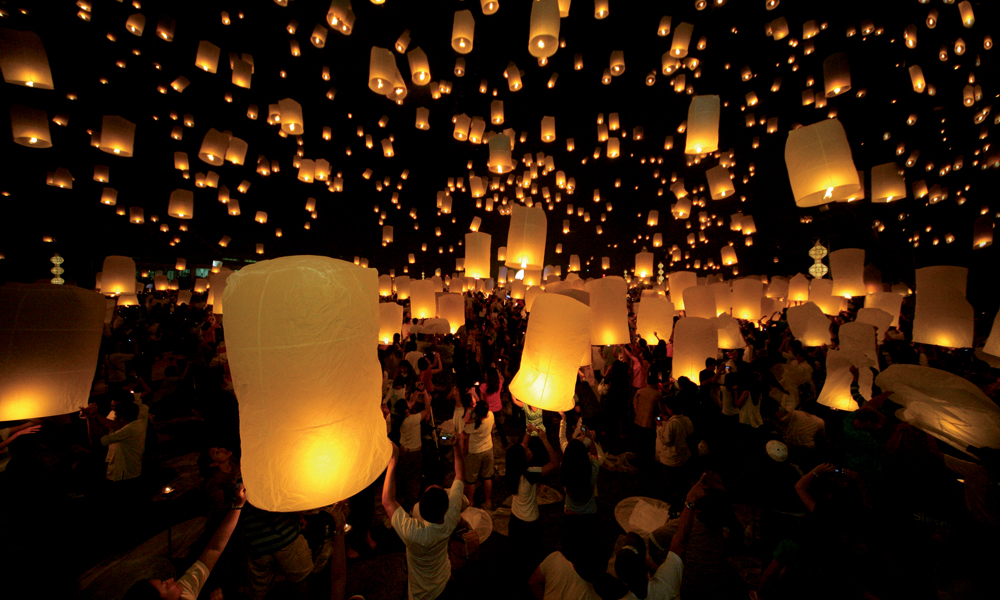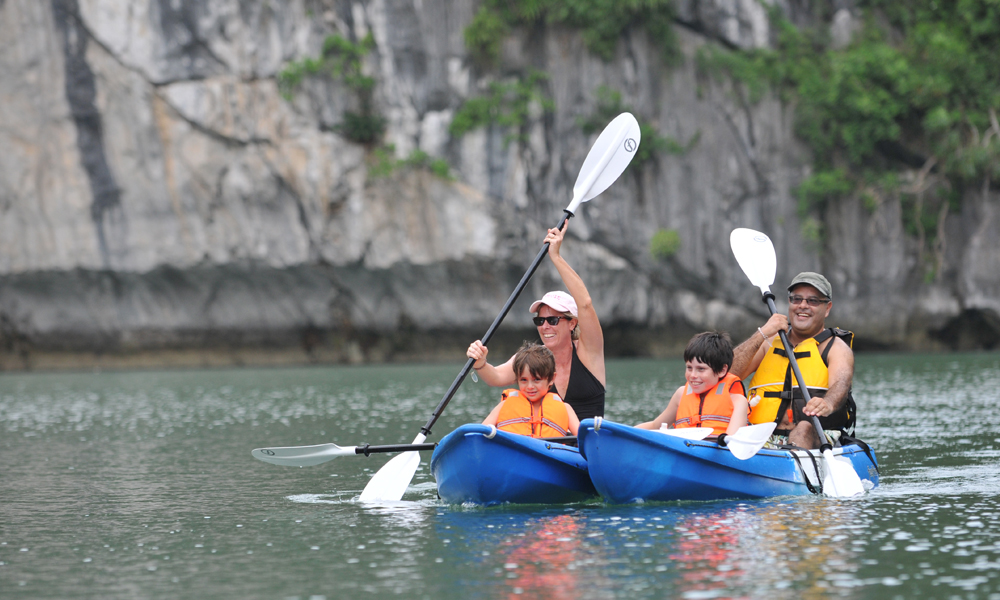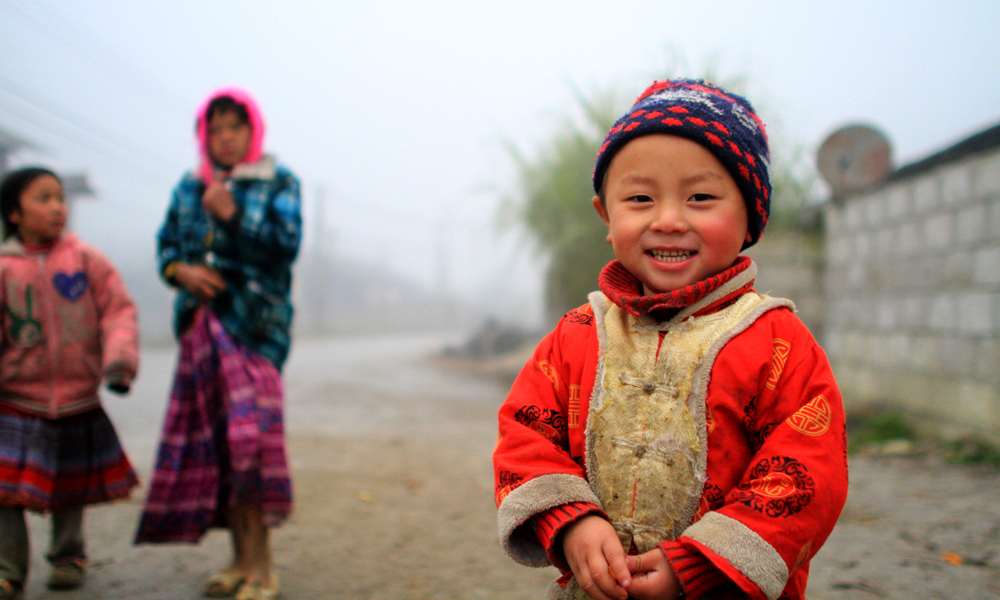- VISAS
Passport should be valid for six months after you planned date of departure from the country. Visa valid for 30 days are easily obtained on arrival. Cost depends on nationality (approx. 30 US$-42 US$). One passport-sized photo is required.
- WEATHER
Dry season runs from November to April. November to February are cooler while March and April are blisteringly hot. April is the hottest month.
Wet season runs from May to October, though it may start a little early in a couple of Laos' northern provinces. August is the wettest month.
- CURRENCY
Lao Kip (LAK); US Dollars and Thai Bath are widely accepted in the main cities. The Lao Kip. Foreign currencies can easily be changed at hotels, airports, markets and banks.
As of 30 October, 2012: 1 USD = 8,002.5 Kip (LAK).
- TIME
Time zone: GMT/UTC + 7 Business days: Monday through Friday.
Business hour: Mornings: 07h30 - 12h00; Afternoons: 13h00 - 16h30.
Most restaurants and shops open from 08h00 till 22h00
- WHAT TO PACK
Laos is a casual country by western standards therefore casual clothing is appropriate for almost any occasion.
Some lightweight quick dry clothing is advisable. Long sleeved shirts for the evenings and a light sweater if you are going in the winter months. If you go in the wet season, a waterproof jacket might be a good idea.
If you are not participating in any trekking tours, sandals and lightweight shoes are sufficient. If trekking is included in your itinerary, you will need trekking boots.
- ELECTRICITY
The national electricity system is 220 volts. Connections are either a round two-pin plug or a flat two-pin plug. Beware if you are using electrical appliances and laptop computers, as there are power surges and frequent power cuts.
- FOOD/CUISINE
Lao eat more sticky rice than any group or people in the world;[11 The most famous Lao dish is Larb, a spicy mixture of marinated meat and/or fish that is sometimes raw with a variable combination of herbs, greens, and spices. Another of Lao people's delectable invention is a spicy green Papaya salad dish known as tam mak hoong. French also left their legacy of baguettes sold frequently on shops and on the street.
- DRINKING
Drinking tap water or ice is not recommended. Bottled water is readily available but check the seal for possible tampering. You should be drinking a minimum of 1.5 liters of water per day. This should increase as the temperature increases or you are engaging in physical activities.
- HEALTH
Pack medications in their original, clearly labeled, containers. A signed and dated letter from your physician describing your medical conditions and medications, including generic names, is also a good idea. If carrying syringes or needles, be sure to have a physician’s letter documenting their medical necessity. If you have a heart condition, bring a copy of your ECG taken just prior to travelling.
If you happen to take any regular medication, bring double your needs in case of loss or theft. In most Southeast Asian countries, you can buy many medications over the counter without a doctor’s prescription, but it can be difficult to find some of the newer drugs, particularly the latest antidepressant drugs, blood pressure medications and contraceptive pills.
There are some health concerns you should be aware of in Laos including dengue fever, malaria and Japanese encephalitis, typhoid, hepatitis and rabies. Tuberculosis is also a growing concern. While sexually transmitted diseases (particularly HIV and AIDS) are more common in nearby Thailand, they do pose a risk so take precautions.
Mosquito bites are annoying enough in themselves, but on top of that, some tropical diseases (see above) are insect borne, so applying mosquito repellent after sunset is a must especially when in a more rural setting. Gastro enteric problems are among the most common ailments visitors complain about. These are generally the result of consuming contaminated food or water, so be careful about where and what you eat and drink.
No vaccinations are officially required by the Laos authorities, however immunization against cholera, hepatitis, typhoid, tetanus, polio and Japanese encephalitis is advised. Please consult your doctors for further medical advice.
You should carry a basic medical kit that includes anti diarrhea tablets and re-hydration salts. Medical standards outside of the main cities are lower than those found in western countries.
Laos is a generally a very safe country but as in any country, general common sense precautions are necessary as a tourist in a developing country.
When travelling or in busy areas, take precautions against pickpockets.






